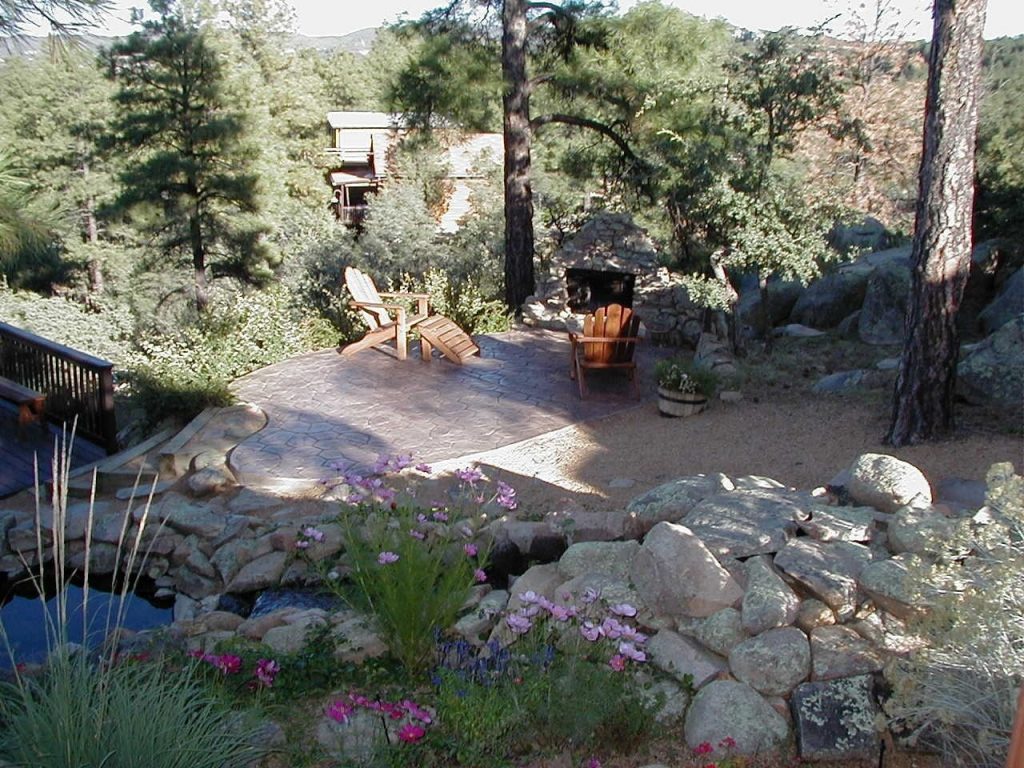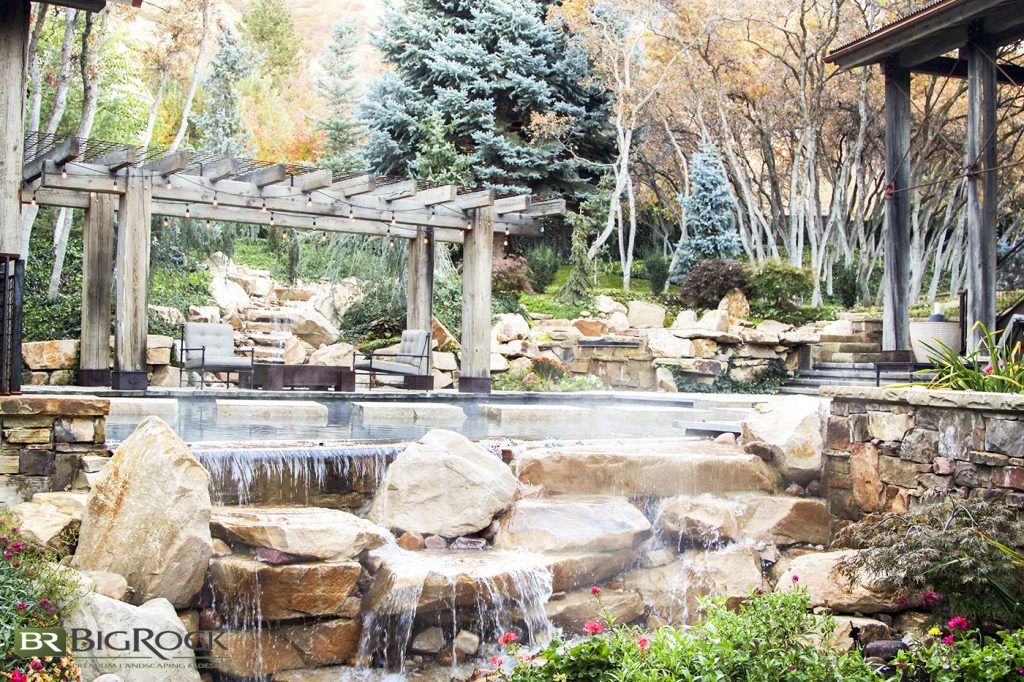Some Of Hilton Head Landscapes
Some Of Hilton Head Landscapes
Blog Article
Not known Factual Statements About Hilton Head Landscapes
Table of ContentsHilton Head Landscapes Fundamentals ExplainedWhat Does Hilton Head Landscapes Do?Some Known Incorrect Statements About Hilton Head Landscapes Get This Report on Hilton Head LandscapesSome Known Details About Hilton Head Landscapes Fascination About Hilton Head LandscapesAll about Hilton Head LandscapesSee This Report on Hilton Head Landscapes
Type compatibility is also a significant component of unity in designone or 2 strikingly various kinds benefit comparison and emphasis, however generally all other forms should have some resemblances for an unified look. Structure describes how crude or great the surface area of the plant or hardscape product feels and/or looks.
Examples of plants with rugged structure include philodendrons, agaves, bromeliads, hollies, hands, and hydrangeas. Hardscape with coarse texture consists of rough-cut stone, rough-finished block, and unfinished wood with knots and an elevated grain. Aged or old building material that preserves a weather-beaten surface is typically rugged in texture. Attributes that develop fine appearance include small foliage; thin, strappy fallen leaves (yards) or high, thin stems; little, dense twigs and little branches; long stems (vines); and tiny, delicate blossoms.
Examine This Report on Hilton Head Landscapes
Many plants are moderate appearance, in that they can not be described as having either coarse or fine appearance. Medium-textured plants act as a background to web link and merge the coarse- and fine-textured plants.

To make a room really feel smaller, put the coarse structures along the outer boundary and the great structures closest to the viewer. The detail of the coarse structure makes the plants show up closer and makes the area really feel smaller sized. The viewed structure of plants can also alter with the range from the plant.
An Unbiased View of Hilton Head Landscapes
Strong shades raise the contrast and make the texture appear coarser, while muted colors can flatten texture. Hardscape with a crude texturesuch as extremely rough rocks and bold, big timberstends to make all plant product show up more moderate distinctive. Developers typically create an appearance study (Figure 8) theoretically to help determine the setup of plant materials.
Shade in plant material and hardscape adds rate of interest and range to the landscape. Color is the most noticeable element in the landscape and is generally the focus of most property owners; nonetheless, it is additionally the most temporary aspect, typically lasting just a couple of weeks a year for private plants.
Get This Report about Hilton Head Landscapes
A straightforward description of the shade wheel includes the three main colors of red, blue, and yellow; the three secondary colors (a mix of two primaries) of green, orange, and violet; and six tertiary colors (a mix of one adjacent key and additional color), such as red-orange. Color concept clarifies the relationship of shades to every other and just how they need to be made use of in a composition.

Analogous (often called harmonious) color plans are any three to five shades that are surrounding on the color wheel, such as red, red-orange, orange, yellow-orange, and yellow, or blue, blue-violet, and violet (bluffton landscaping). The colors belong per other since they usually include two primaries blended to form a secondary and two tertiary shades, which indicates they share typical homes
Corresponding shades are frequently found naturally in blossoms; a typical set is yellow and violet. Color is found in the flowers, vegetation, bark, and fruit of plants.
About Hilton Head Landscapes
Environment-friendly vegetation in all its different shades is the leading shade by quantity, however other shades capture interest quicker as a result of their high contrast to the shade eco-friendly. Shade is likewise found in buildings, rocks, pavers, wood, and furnishings. A lot of shades in natural materials, such as rock and timber, are normally low-key and tend to be variants of brown, tan, and pale yellow.
Colors have residential properties that can influence emotions, spatial understanding, light high quality, equilibrium, and emphasis. Awesome shades tend to be relaxing and should be used in areas for relaxation and tranquility.
Getting The Hilton Head Landscapes To Work
The "temperature" of colors can also influence the understanding of range. Trendy colors tend to recede and are regarded as being farther away, making a space really feel larger. Warm colors often tend to advance and are regarded as being closer, making a space feel smaller. Color can additionally be made use of to capture focus and direct sights.
Brilliant yellow, which has the greatest intensity, additionally has a high comparison with all various other shades (frequently explained as a "pop" of shade) and need to be used sparingly. A percentage of extreme color has as much aesthetic weight as a large amount of a more controlled or weak color.
Analogous (often called unified) shade schemes are any kind of three to 5 colors that are surrounding on the color wheel, such as red, red-orange, orange, yellow-orange, and yellow, or blue, blue-violet, and violet. The shades relate per other due to the fact that they normally include two primary shades mixed to develop a second and two tertiary colors, which suggests they share usual homes.
Hilton Head Landscapes Things To Know Before You Buy
They often tend to have high comparison between them. One of the most typical sets are violet and yellow, red learn the facts here now and environment-friendly, and blue and orange. Corresponding shades are frequently discovered naturally in blossoms; a common set is yellow and violet. Color is found in the blossoms, vegetation, bark, and fruit of plants.
Eco-friendly vegetation in all its various tones is the leading color by quantity, however other shades capture attention quicker due to their high contrast to the shade green - landscaping hilton head sc - https://filesharingtalk.com/members/598268-h1tnhdlndscps. Color is additionally discovered in structures, rocks, pavers, timber, and furniture. Many colors in natural materials, such as stone and wood, are normally soft and have a tendency to be variants of brownish, tan, and light yellow
Hilton Head Landscapes Things To Know Before You Buy
Shades have residential or commercial properties that can impact feelings, spatial perception, light high quality, balance, and focus. Trendy colors tend to be soothing and must be used in areas for leisure and peacefulness.
Trendy shades have a tendency to recede and are viewed as being farther away, making a space feel larger. Shade can likewise be used to capture attention and straight sights - https://old.bitchute.com/channel/Zj8gnEYIqDqK/.
For instance, brilliant yellow, which has the greatest intensity, additionally has a high comparison with all various other shades (usually called a "pop" of color) and need to be conserved. A small quantity of intense shade has as much aesthetic weight as a huge quantity of a much more controlled or weaker color.
Report this page